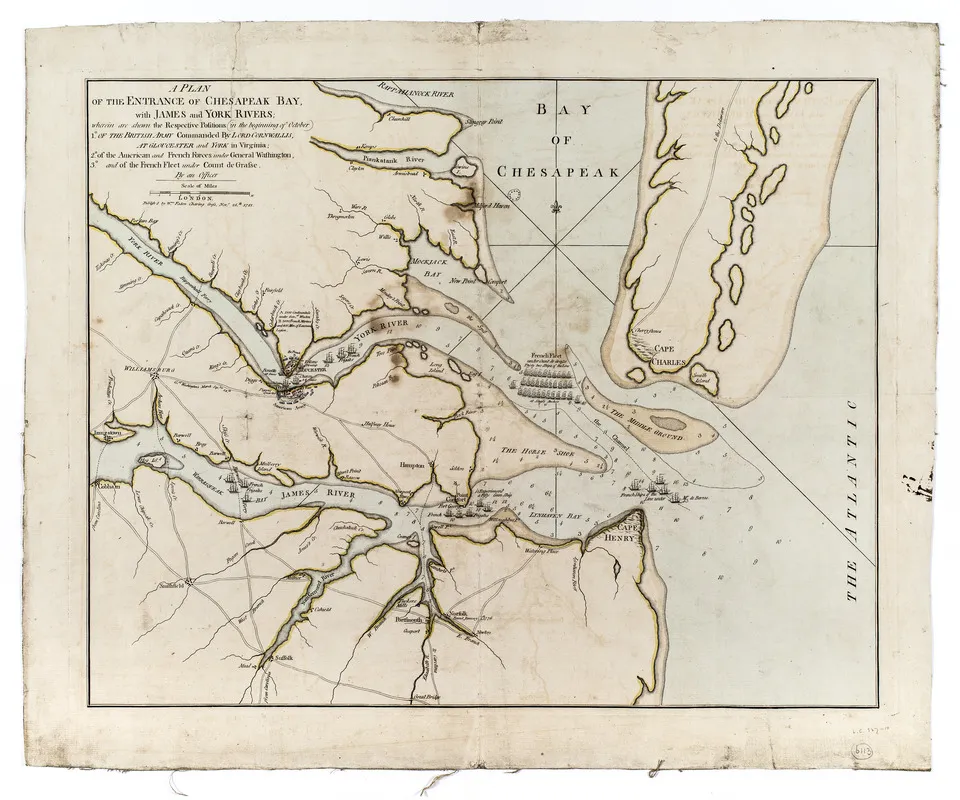Protecting The Chesapeake Bay Watershed

Children enjoying the view of Great Bridge Bridge – a double-leaf rolling bascule drawbridge that spans the Elizabeth River – in Chesapeake, Virginia. The Battle of Great Bridge was fought at this crossing on December 9, 1775.
Hope you’re doing well and enjoying Spring! The blooming flowers, trees and other flora encourage our sense of hope that life will get back to normal soon!
April provides many chances to appreciate the beauty of nature in Spring, most especially with Earth Day and Arbor Day. Earth day celebrations are planned all over the country, highlighting the importance of protecting and conserving natural resources!
Protecting The Chesapeake Bay Watershed
One of the most unique and special natural resources on Earth is the Chesapeake Bay Watershed. A “watershed” is often referred to as a drainage basin, an area of land that drains into a water body such as a river, lake or stream. The Chesapeake Bay Watershed is one of the largest coastal water bodies in the world, including more than 64,000 square miles, covering six states (New York, Pennsylvania, Maryland, Delaware, Virginia and West Virginia) as well as the District of Columbia and providing a home to more than 18 million people. Protecting the water quality within and ensuring the health of the Chesapeake Bay Watershed, given its size and the number of folks living within it, is critical.
Several major rivers flow into the Chesapeake Bay Watershed, including the Susquehanna, the Potomac, the Pautuxent, the Rappahannock, the James and the Appomattox Rivers. More importantly, there are many Revolutionary War, War of 1812 and American Civil War Battlefields located within the Chesapeake Bay Watershed. Preserving these special historic places not only allows the stories of the battlefields and soldiers who fought there to be told, but also preserves a crucial environmental treasure.

There are nine Revolutionary War battlefields located within the Chesapeake Bay Watershed, including Yorktown, Newtown and Great Bridge, where the Trust currently is working with the Great Bridge Battlefield and Waterways Foundation, City of Chesapeake, Commonwealth of Virginia and the National Park Service to preserve approximately one acre located near the Elizabeth River and the Intercoastal Waterway.
The Battle of Great Bridge was the first land engagement of the Revolution fought in Virginia and notable due to the involvement of formerly enslaved people in support of the British. These escaped slaves were promised freedom in exchange for military service, organized into the “Ethiopian Regiment” and tasked with invading Patriot militia camps.
In 2005, the National Park Service designated Great Bridge Lock Park (one of the battlefield’s 4 quadrants) the southernmost gateway in the Chesapeake Bay Gateways Network. The park offers many opportunities for outdoor recreation and is one of the City of Chesapeake’s most water related recreation spots. It is also the location of several yearly events promoting conservation, preservation, recreation and ecology.
The Chesapeake Bay Watershed includes fifteen War of 1812 battlefields, including Caulks Field in Maryland. The Battle of Caulks Field took place in the night of Aug. 30 and early morning hours of Aug. 31, 1814, part of the British Chesapeake Campaign.
Did you know? There are a whopping 117 Civil War battlefields located within the Chesapeake Bay Watershed, covering approximately 331,009 acres in the core battlefield areas!

To date, the Trust has preserved approximately 28,871 acres on these battlefields, including 2,158 acres at Brandy Station and 2,243 acres at Trevilian Station. Both of these battlefields include trails and opportunities for outdoor recreation. One of the Trust’s most special preservation efforts in the Chesapeake Bay Watershed is at the Cool Spring battlefield, where approximately 195 acres were protected through a public-private partnership between the Trust and Shenandoah University. Shenandoah University has integrated the land’s crucial role in the July 18, 1864, Battle of Cool Spring and its 10,000 linear feet of frontage on the Shenandoah River into a hands-on learning venue for students. The Shenandoah River Campus at Cool Spring Battlefield supports several university departments and activities. Students pursue both interpretation of the battlefield and research into native habitats and water quality, all key to the support of a healthy Chesapeake Bay Watershed.
With hiking and biking trails, as well as river access, recreational opportunities are legion — both for students and the general public, which is welcomed to the site daily. Cool Spring Battlefield park is now a local destination for walking, biking, bird watching and other wildlife observation. Commonly seen creatures include bald eagles, cormorants, red-winged blackbirds, a nesting colony of great blue heron, bats, a dozen species of turtles, red foxes, muskrats, deer and beavers. Notable flora include large swaths of Virginia bluebells, century-old giant sycamores, silver maples, box elders and the rare bur oak.
I hope you find time for these special places this Earth Day and can make every day Earth Day!
Sincerely,
Kathy Robertson
Deputy Director, Real Estate
American Battlefield Trust





